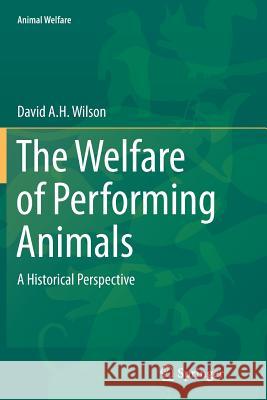The Welfare of Performing Animals: A Historical Perspective » książka
topmenu
The Welfare of Performing Animals: A Historical Perspective
ISBN-13: 9783662509319 / Angielski / Miękka / 2016 / 278 str.
Kategorie:
Kategorie BISAC:
Wydawca:
Springer
Seria wydawnicza:
Język:
Angielski
ISBN-13:
9783662509319
Rok wydania:
2016
Wydanie:
Softcover Repri
Numer serii:
000260687
Ilość stron:
278
Waga:
0.41 kg
Wymiary:
23.39 x 15.6 x 1.57
Oprawa:
Miękka
Wolumenów:
01
Dodatkowe informacje:
Wydanie ilustrowane











